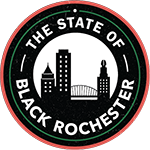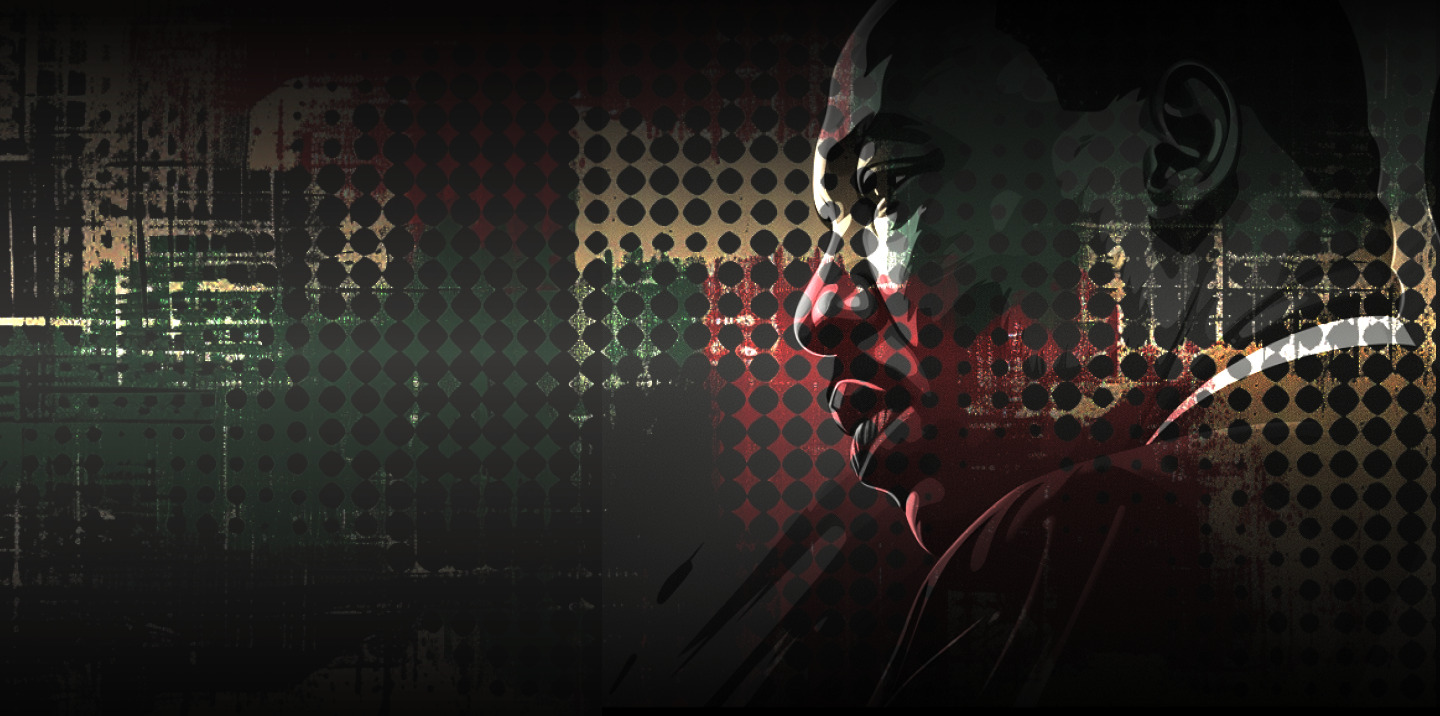
The State of Black America as a Tool for Collective Action
Since 1910, the National Urban League has remained resolute in its dedication to narrowing wage disparities, dismantling systemic biases, and promoting equitable access to opportunities. The “State of Black America” report, spearheaded by the National Urban League, has been a vital source of thought leadership and benchmarking disparities and advancements related to equity since its first report in 1976. Each edition incorporates fresh insights from new contributors, enriching the discourse on racial equality and societal progress. With each report, stark gaps in equality are revealed, highlighting persistent societal inequities.
In 2005, the State of Black America series introduced the groundbreaking Equality Index, a tool designed to compare the conditions of White and Black Americans across multiple variables. Utilizing white citizens as the benchmark, this index is a critical metric in systematically evaluating disparities across key spheres including health, economics, education, social justice, and civic engagement. In 2024, the Equality Index for Black America stands at 75.7%. This figure signifies that Black Americans are still missing approximately 24% of the equality puzzle. This represents a modest improvement from the 2022 index of 73.9%, highlighting ongoing efforts towards progress.
While there have been some modest improvements over the years, the overall picture still reflects enduring challenges. As we observe the 60th anniversary of the Civil Rights Act in 2024, the release of the 48th edition of the State of Black America report invites readers to reflect on the legacy of civil rights legislation. The Civil Rights Act was a landmark effort to address the pervasive injustices faced by Black people and to combat systemic racism. This historic legislation prohibited discrimination in essential aspects of life, including education, housing, government programs, and employment.
This year’s iteration of the State of Black America is a tool for collective action. It’s imperative to address the entrenched disparities that afflict our society. The State of Black America provides a comprehensive and evolving perspective on racial equity in America.
Rochester Area Community Foundation: The State of Black Rochester Report
Transitioning from the broader perspective of the State of Black America to the specific context of Rochester, we anchor ourselves in a pivotal starting point, the 2013 “State of Black Rochester Report,” commissioned by Rochester Area Community Foundation. This comprehensive study, akin to the metrics examined in the National Urban League’s State of Black America, revealed a stark, persistent gap between Black and white Rochesterians.
As we delve deeper into our local context, we rely on the latest data and reports to illuminate challenges and progress within our community. Resources such as the latest ACT Rochester report, Common Ground Health’s analysis on the health of Black Americans in Rochester, and the Commission on Racial and Structural Equity (RASE) report the stark realities of entrenched inequalities right in our own backyard.
These reports remind us of the unfinished work necessary to tackle systemic disparities and foster a more equitable Rochester. They highlight the crucial need for targeted interventions and collaborative efforts to ensure that Black Rochester has access to the resources and opportunities required for well-being and success.
Prosperity on the Horizon: Breakthroughs by Black Visionaries
While there is undoubtedly still much work to be done to address these disparities, it is vital to recognize and celebrate the progress already made. Acknowledging our achievements reaffirms our dedication to closing the gap and advancing equal opportunities for all community members.
Rochester has proven its dedication to inclusivity and equality, embarking on a transformative journey characterized by a surge of fresh leadership across its organizations. In this pivotal era, we witness profound breakthroughs as Black visionaries courageously shatter systemic barriers, ascending to esteemed C-suite positions. Notable among them are luminaries such as Dr. Myra Henry at YWCA, marking a historic milestone as the first African American in the agency’s century-long history, alongside Simeon Banister at Rochester Area Community Foundation, and myself, Dr. Seanelle Hawkins, as the first female leader of the Urban League of Rochester, ignites a beacon of progress, heralding a leap towards gender parity in leadership roles.
From Lawrence Bo Wright, the trailblazing first Black superintendent in Rush Henrietta School District, to Dr. Lesli Myers-Small, the first Black female superintendent at the Rochester City School District, each exemplifies the tangible progress underway. Particularly noteworthy are the groundbreaking strides of William Johnson, whose tenure as the city’s first Black mayor from 1994 to 2005 paved the way for successors like Lovely Ann Warren, Rochester’s first Black female mayor, and the current incumbent, Malik Evans — the third Black leader to steward Rochester’s mayoral helm, ensuring that the legacy of progress endures.
Stark Duality: Promise of Hope, Pervasive Disparities and the Middle Ground
Amidst the excitement surrounding new leadership, we are confronted with the stark realities facing Black Rochester: Fewer Black leaders heading organizations, lower high school graduation rates, reduced homeownership rates, higher poverty rates, stark wage gaps, and increased maternal health risks. These issues spotlight our community’s struggles and leaving our leaders with the weight of our city’s challenges on their shoulders.
The article titled “Economic Development – The Status of African Americans in Rochester, New York,” penned by Osborne and Augustine as part of the 2013 “State of Black Rochester,” vividly illustrates the city’s stark divide: Rochester is a city characterized by a promise of hope juxtaposed against pervasive disparities that demand our collective attention and action. To add to their scholarship, it is posited that there is a nuanced third group amidst these extremes. Nestled between these contrasting realities is a cohort often overlooked yet indispensable in our pursuit of equity and progress.
This third group, though not devoid of hope, stands apart because they’ve found a pathway out of poverty. While their ancestors wrestled with economic hardship, this generation of Black Rochesterians often finds themselves in moderate-income brackets. They occupy a unique position in the fight against poverty, intimately understanding both ends of Rochester’s socio-economic spectrum and possessing the agency to drive change. Although they could choose to remain in their comfortable middle ground, their true purpose should be directed towards uplifting others. If united in purpose, this cohort of Rochesterians plays a pivotal role in shaping the city’s destiny, dismantling barriers, and illuminating pathways for future generations. Our collective mission must ensure that no one is left consigned to the far end of the wealth continuum, indicative of poverty.
The Threat of Neutrality
A neutral stance is a threat to Black Rochester. The dangers of operating in neutrality could include a singular focus on personal advancement, potentially overlooking the needs of others. This mindset can inadvertently disconnect us from those in need. While detachment from those lacking hope may not be intentional, it often fails to address broader societal considerations in communities like Rochester, NY. Ultimately, our ability to bridge gaps and inspire progress holds the key to a more equitable future for all in Rochester. In this endeavor, neutrality is unacceptable: All groups must unite to create a community focused on equity and advancement.
Rochester’s Unfinished Business: Closing the Gaps
Our primary objective must be to narrow the racial wealth and income gap and bolster the economic well-being of Black Americans in Rochester. We must persist in monitoring and evaluating Rochester’s progress in key areas such as homeownership, employment, health, education, and civic engagement.
The Commission on Racial and Structural Equity report serves as a critical reminder that outlines the unfinished work that Rochester must undertake. The RASE report is a guidebook to address these challenges. With over 200 recommendations outlined in the report, we can contribute to advancing these goals from any platform or position. Each of us has a role in implementing these recommendations, regardless of our specific roles or spheres of influence. We can drive meaningful change and close the gaps in the Equality Index. We can achieve equity and justice for all Rochesterians through collective engagement and commitment.
In conclusion, Rochester’s journey toward equity is marked by both progress and challenges. By leveraging insights from national organizations like the National Urban League and our locally generated reports and data, we deepen our comprehension of the intricate dynamics shaping our community. The emergence of a new cohort of leaders signifies a beacon of hope, yet the persistence of entrenched disparities underscores the arduous nature of the task at hand — Rochester’s unfinished business. Collective action emerges as the linchpin in effecting transformative change, completing the work, and heralding a future where equity is not merely an aspiration but a reality for all residents of Rochester, particularly Black Rochester.

